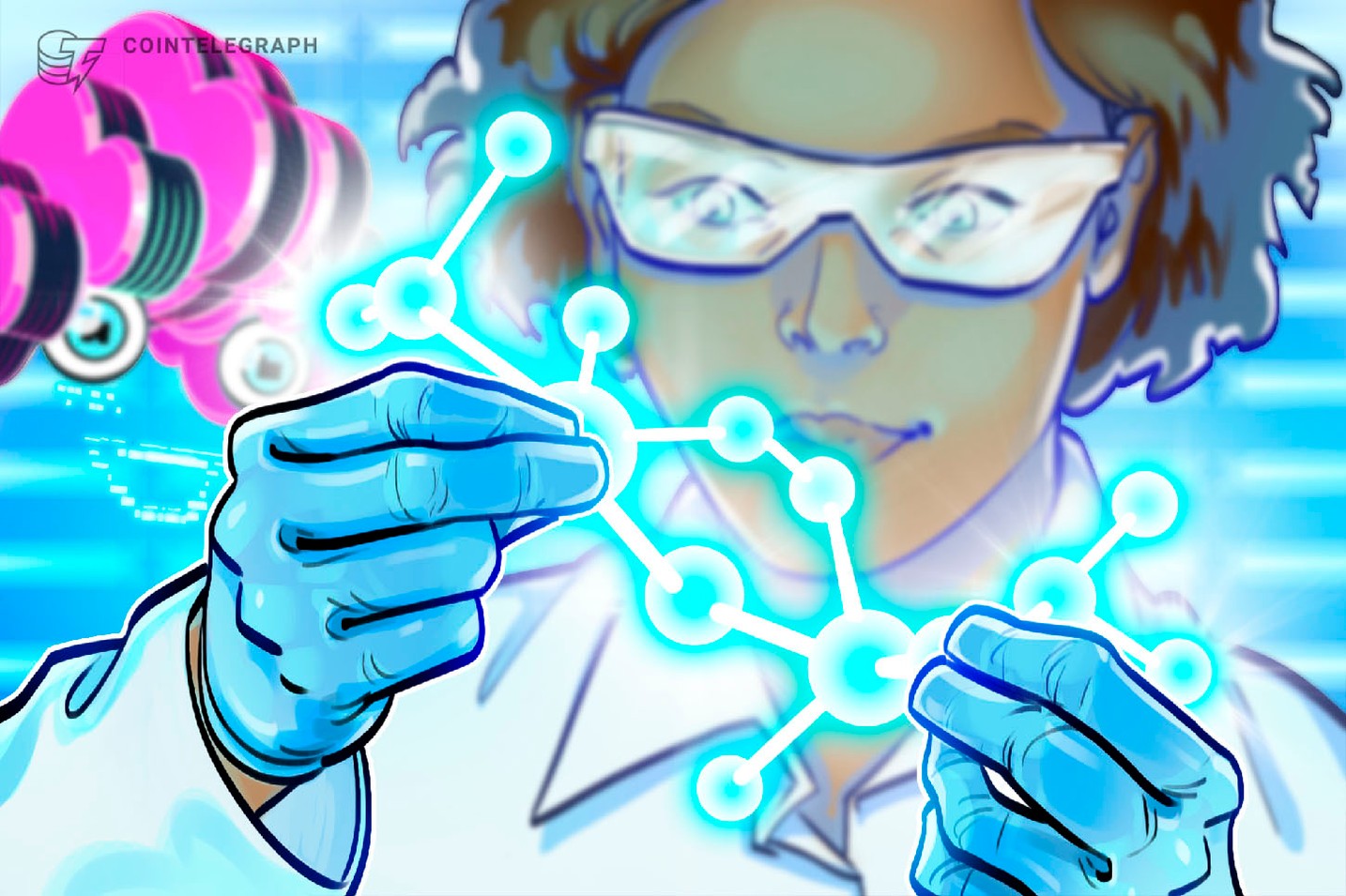Decentralized Science and AI: Are Legacy Institutions Ready? | 2025


Decentralized Science and AI: Are Legacy Institutions Ready?
As decentralized science (DeSci) and artificial intelligence (AI) converge, they threaten to upend traditional research institutions. Will legacy institutions adapt, or will they be left behind? This opinion piece by Sasha Shilina, PhD, founder of Episteme and researcher at Paradigm Research Institute, delves into the implications of this transformation.

The Boundaries of Traditional Science
Science has always been about pushing boundaries, yet today, many of those boundaries are artificial — walled-off journals, slow-moving institutions, and research funding locked behind bureaucratic doors. The system is designed for gatekeepers, not explorers. But what if we could tear down those walls? What if science could be set free?
The Rise of Decentralized Science
Over the past few years, we’ve witnessed decentralized science morph from a radical experiment into one of crypto’s most electrifying frontiers. Once dismissed as a niche idea, DeSci is now a billion-dollar movement. As of early 2025, the top DeSci tokens collectively boast a market capitalization of around $1 billion. Momentum is undeniable: Half of the top 10 projects in the space launched just last year, according to Messari.

What started as a whisper is now a roar, echoing across the halls of academia, biotech labs, and decentralized autonomous organizations alike. However, raw energy isn’t enough. DeSci still faces formidable challenges: scalability, quality control, reproducibility, and real-world adoption. It’s a vision in motion, not a finished revolution.
AI: The Missing Puzzle Piece
And that’s where artificial intelligence steps in — not just as a tool but as the missing puzzle that could propel DeSci from a bold experiment to an unstoppable force. AI is already reshaping the traditional science (TradSci) landscape: it sifts through massive data sets, spots hidden patterns, cracks problems that once took decades to solve, ventures into longevity research, and accelerates drug development, materials science, and computational biology.
Yet, for all its promise, access to AI remains tightly controlled and monopolized by a handful of corporations, elite universities, and government-backed institutions. AI’s vast potential is shackled by centralization.
The Vision of DeScAI
What if these two forces — the decentralized infrastructure of DeSci and the power of AI — merged into one system? A system where science is decentralized, intelligent, autonomous, and radically open? Imagine a world where every experiment, every data set, and every discovery isn’t buried in paywalled journals or trapped in proprietary vaults but flows seamlessly across a decentralized, living network.

This is the vision of DeScAI, where blockchain and AI unite to build an open, intelligent, and self-sustaining ecosystem. Knowledge isn’t just stored — it breathes, evolves, and connects. AI curators scour vast data sets, linking research across disciplines, uncovering hidden insights, and transforming isolated findings into a shared intellectual bloodstream.

Empowering Independent Researchers
For too long, independent researchers have struggled to access the AI tools they need for research and massive data analysis. DeScAI could rewrite this equation by turning the world into a vast, decentralized supercomputer. Every idle processor, every surplus server, and every untapped resource can contribute to a global grid where computing power is not a commodity but a shared asset.
Need to map the human brain or train a biodiversity model? There is no need to beg a tech giant — just tap into the decentralized network and leverage the collective power of countless contributors.

Challenges Ahead
Despite the exciting prospects of DeScAI, several challenges remain. Ensuring data integrity, maintaining quality control, and fostering collaboration among diverse stakeholders are critical for the success of this new paradigm. Moreover, the transition from traditional to decentralized science will require a cultural shift within research institutions, which may be resistant to change.

Conclusion: A Call to Action
As we stand on the brink of a new era in scientific research, it is imperative for legacy institutions to recognize the potential of decentralized science and AI. Embracing these innovations will not only enhance research capabilities but also democratize access to knowledge, fostering a more inclusive scientific community.

In conclusion, the convergence of decentralized science and AI presents a unique opportunity to reshape the future of research. Will legacy institutions adapt to this transformative wave, or will they be left behind? The choice is theirs to make.
For more insights on this topic, visit the original article.







